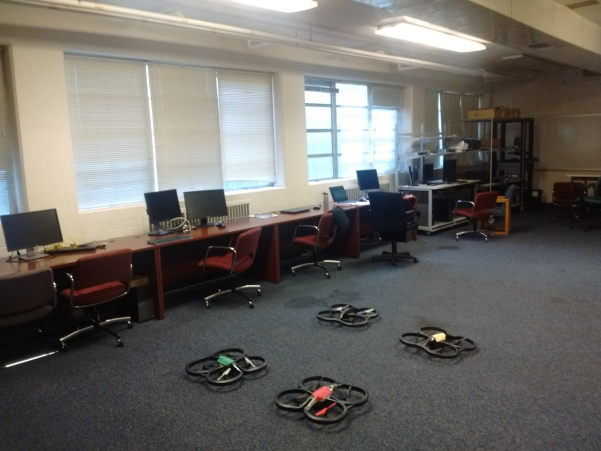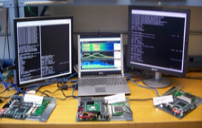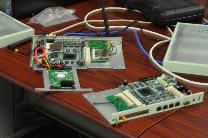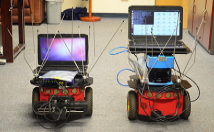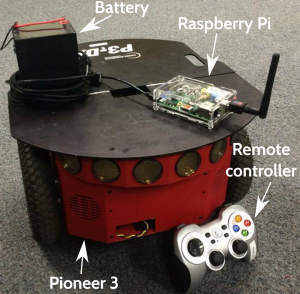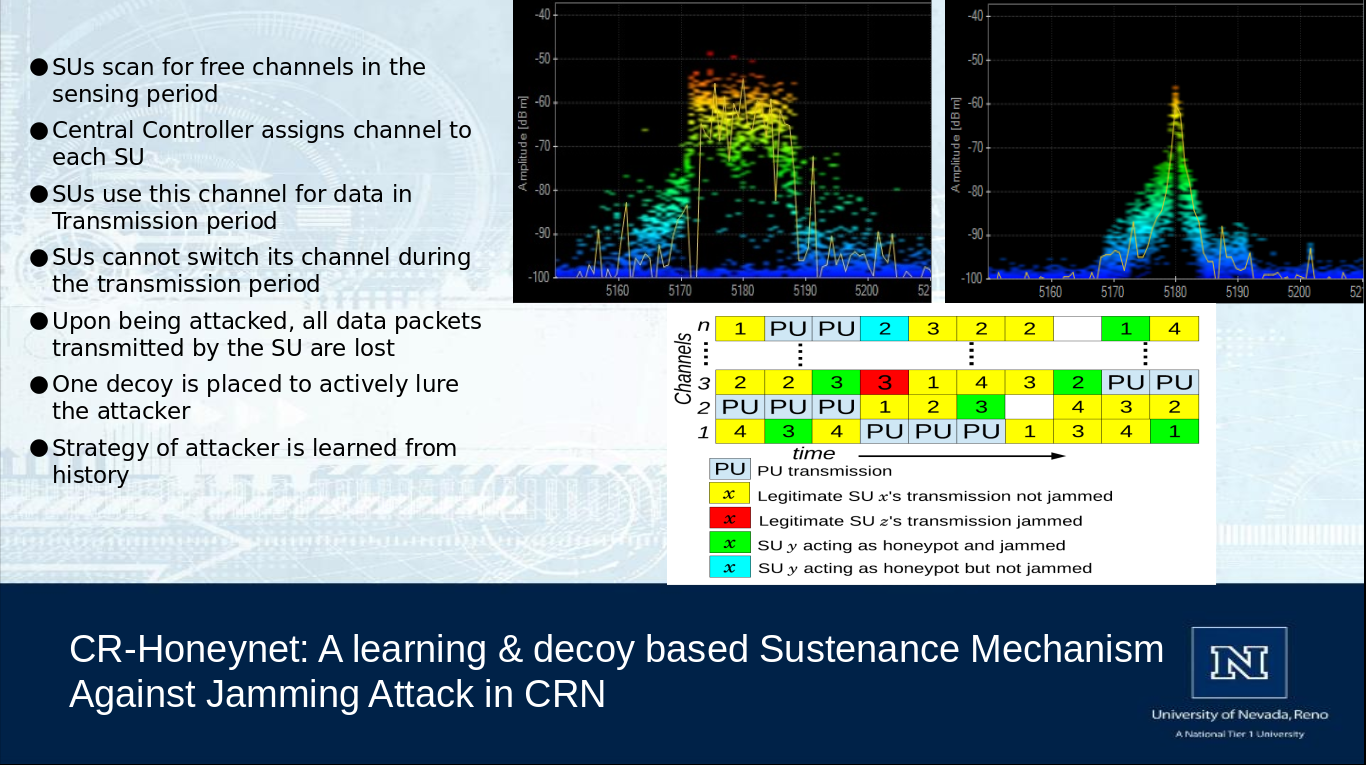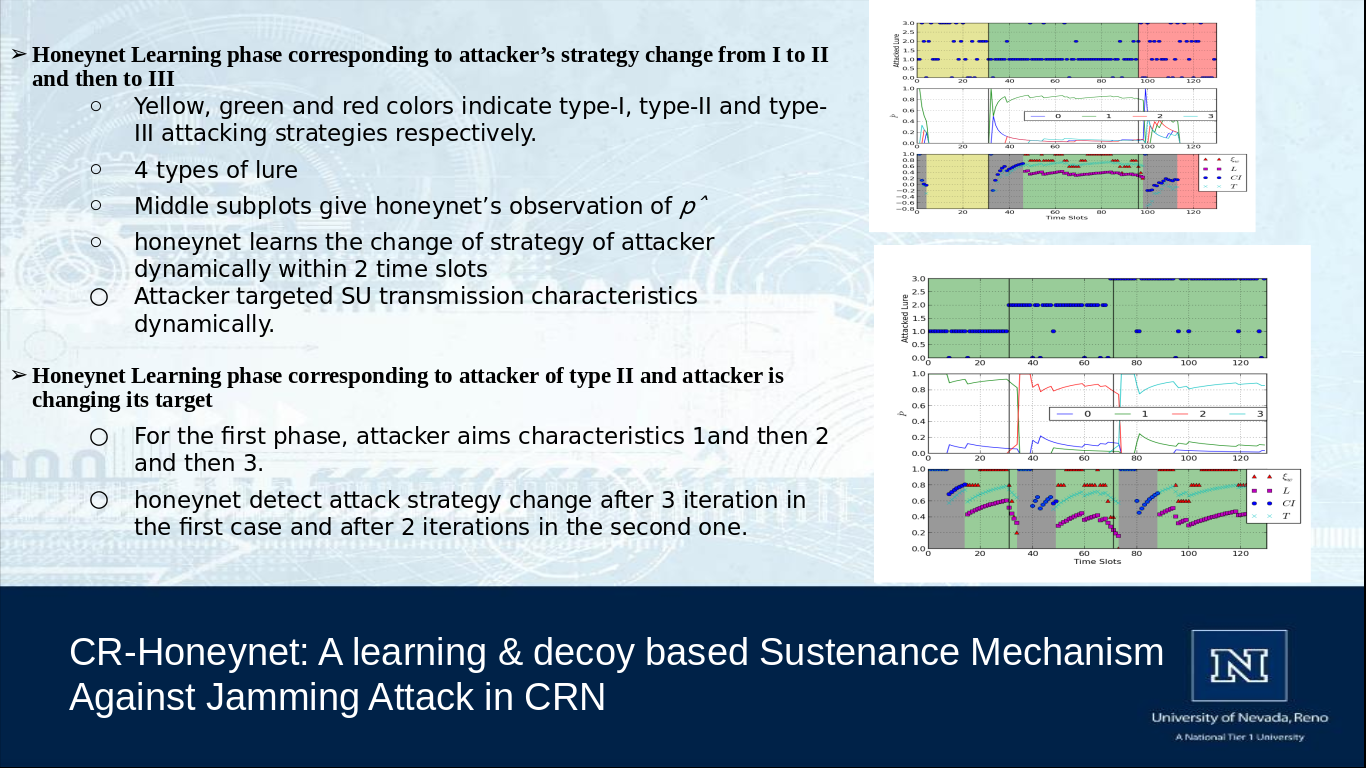NSF Career
Survivability and Self-coexistence in the Battle of Cognitive Radio Network Societies
Role: Principal Investigator
Duration: 2012-2018
Funding Amount: $400K
Abstract
Dynamic spectrum access (DSA) based on cognitive radio (CR) allows unused licensed bands to be used by unlicensed (secondary) networks in an opportunistic/dynamic manner under the provision that they would vacate upon the return of the licensed users. DSA allows unlicensed users to share frequencies, but the paradigm does not provide good protection from interference. This raises serious challenge of self-coexistence among the secondary networks as well as risks of disruption from malicious CR devices/networks through various non-traditional spectrum attacks. This project studies the self-coexistence challenges of CR networks under adversarial conditions and investigates inter-disciplinary methodologies based on game theory, behavioral adaptation, stochastic learning and network forensics that aid survivability of these networks. To assess effectiveness, the mechanisms are implemented on CR prototype testbed. The intellectual merit of this project lies in: 1) constructing behavioral frameworks studying the evolutionary dynamics of spectrum conflict, 2) systematically understanding the unique shadow-disruptive nature of the malicious CRs exploiting the finest granularity of spectrum agility, and 3) developing a suite of survival mechanisms against cognitive disruptions and exploring their effectiveness. The project has broader impact on wireless technologies/policies and is expected to help in the efficient and secure design of future cognitive radios. This project is committed to tightly integrate research and educational plans which revolve around student mentoring, graduate/undergraduate curriculum enhancement and hands-on project based learning taking feedback from research findings and K-12 outreach. Research results will be disseminated through publications, seminars, and tutorials.
